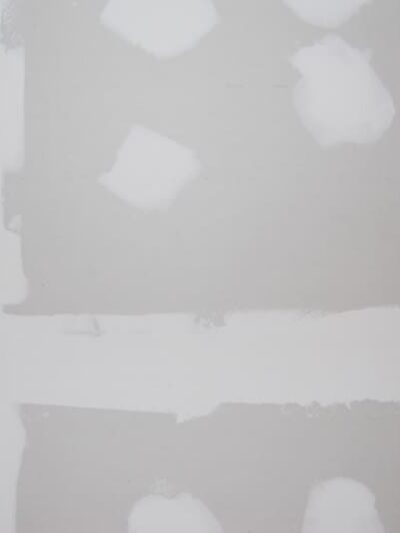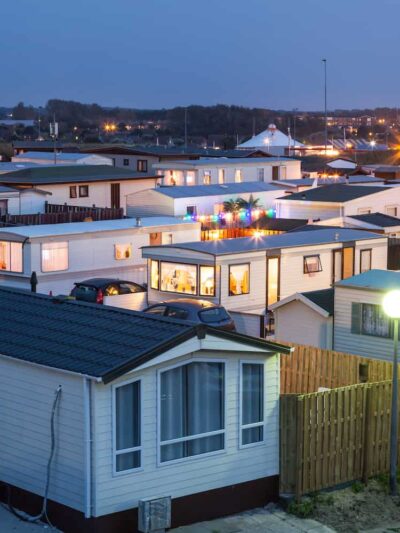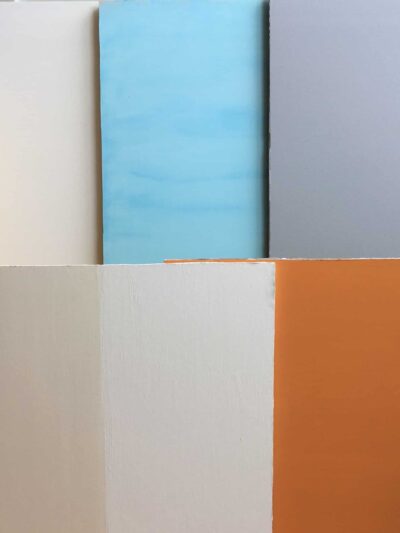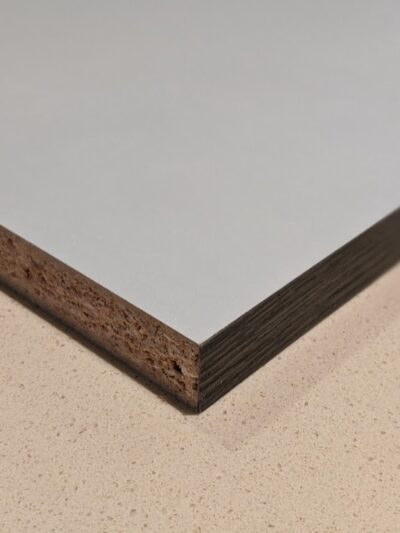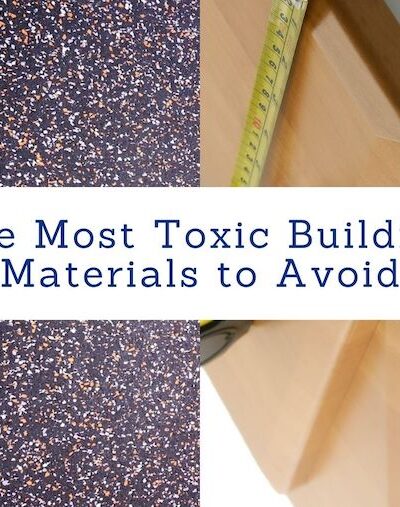Non-Toxic Drywall Mud and Wall Texture
1. Joint Compound / Drywall Mud While there are many zero-VOC or extremely low-VOC drywall muds available at regular outlets, the highly chemically sensitive will need to be selective here. When you are only mudding the seams you just need a simple dry mix joint compound. Dry mixes are almost always lower odor, lower VOC, …
